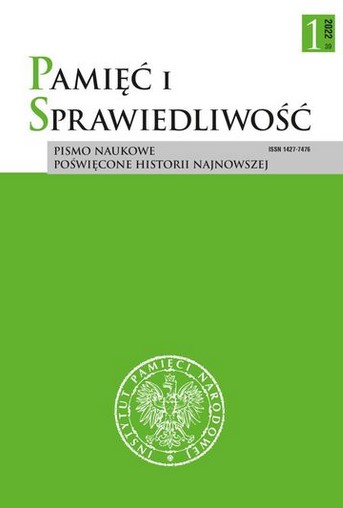Powstanie i działalność towarzystw przyjaźni polsko-słowiańskiej w drugiej połowie lat czterdziestych XX wieku
Establishment and Activity of Polish-Slavic Friendship Associations in the Second Half of the 1940s
Author(s): Marcela GruszczykSubject(s): Cultural history, Diplomatic history, International relations/trade, WW II and following years (1940 - 1949), Post-War period (1950 - 1989), History of Communism
Published by: Instytut Pamięci Narodowej
Keywords: cultural collaboration: Polish-Soviet Friendship Society (TPPR); Polish-Yugoslav Friendship Society (TPPJ); Polish-Czechoslovak Friendship Society (TPPCz); Polish-Bulgarian Friendship Society (TPPB);
Summary/Abstract: The paper broadly discusses the circumstances of the establishment, ideological program, and the social-political role of four Polish-Slavic friendship associations from 1945 to 1951. A comparative analysis of the Polish-Soviet Friendship Society (TPPR), Polish-Yugoslav Friendship Society (TPPJ), Polish-Czechoslovak Friendship Society (TPPCz), and Polish-Bulgarian Friendship Society (TPPB) was conducted by a critical analysis of historical sources. As mass cultural organisations, they were perfect for disseminating political matters, and a hidden propaganda tool. In the given period all of them supported operations of the Slavic Committee, which alone was an exclusive organisation based primarily on intellectual communities. Therefore, the real objectives, together with the connections of TPPR, TPPJ, TPPCz, and TPPB with the abovementioned Committee were reviewed in detail. The work also attempts to answer why the TPPR was the only friendship association which endured the changes of cultural collaboration oberseas, which took place in Polish People’s Republic in the early 1950s.
Journal: Pamięć i Sprawiedliwość.
- Issue Year: 39/2022
- Issue No: 1
- Page Range: 562-581
- Page Count: 20
- Language: Polish

